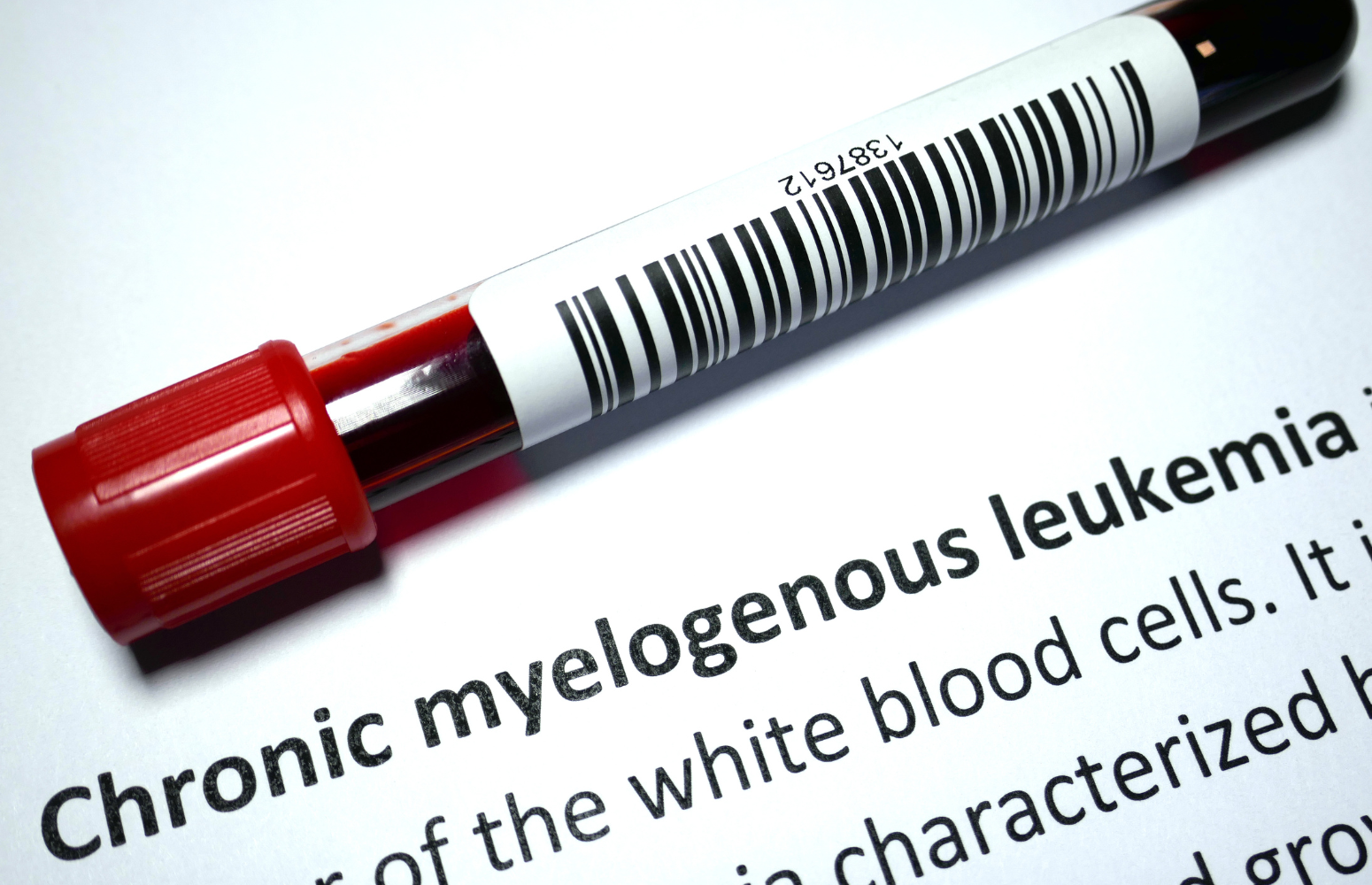Chronic Lymphocytic Leukaemia (CLL): The Slow but Manageable Blood Cancer

Chronic Lymphocytic Leukaemia (CLL): The Slow but Manageable Blood Cancer
Chronic Lymphocytic Leukaemia (CLL): The Slow but Manageable Blood Cancer
🩸 What is CLL?
Chronic Lymphocytic Leukaemia (CLL) is a type of blood and bone marrow cancer where the body makes too many abnormal white blood cells called lymphocytes. These cells look normal but do not work properly to fight infections. Over time, they build up in the blood, bone marrow, and lymph nodes, pushing out the healthy cells.
Unlike aggressive leukaemia’s like AML or ALL, CLL is slow-growing. Many people live with CLL for years before needing treatment. In fact, some people may never need active therapy and are only monitored.
🌍 How Common is CLL?
Globally, CLL is the most common adult leukaemia in Western countries.
In India, it is less common compared to acute leukaemia’s (ALL and AML), but the number of cases is slowly increasing as life expectancy improves.
CLL usually affects older adults, especially above 60 years.
Rarely seen in young people or children.
Men are affected more than women.
⚠️ Risk Factors and Causes
The exact cause of CLL is not known. But certain risk factors make it more likely:
Older age – common after 55–60 years
Family history – risk is higher if a close relative has CLL or another blood cancer
Gender – men have slightly higher chances
Genetic changes – mutations in TP53, deletion of chromosome 17p, and IGHV gene status are linked to aggressive disease
Environmental exposure – contact with pesticides, fertilisers, and industrial chemicals (studies ongoing)
👉 CLL is not contagious and is not caused by lifestyle or diet.
🔍 Common Symptoms of CLL
Many patients are diagnosed during a routine blood test without any symptoms. When present, symptoms may include:
Swollen lymph nodes in the neck, armpits, or groin
Fatigue and weakness
Frequent infections
Fever or night sweats
Unexplained weight loss
Enlarged spleen or liver (felt as fullness in abdomen)
Easy bruising or bleeding (in later stages)
🧪 How is CLL Diagnosed?
Blood tests (CBC): Show high lymphocyte count.
Flow cytometry: Identifies abnormal lymphocytes.
Bone marrow biopsy: Sometimes needed for confirmation.
Genetic tests: Detect mutations like del(17p), TP53, and IGHV – important for risk assessment.
🎯 Risk Stratification in CLL
CLL does not behave the same way in every patient. Some people live for decades without treatment, while others need immediate therapy. Risk stratification helps doctors decide the best approach.
🔹 Risk Stratification Systems in CLL:
Rai Staging (USA):
Stage 0 → only high lymphocyte count (low risk)
Stage I–II → lymph nodes, spleen, or liver enlarged (intermediate risk)
Stage III–IV → anaemia or low platelets (high risk)
Binet Staging (Europe):
Stage A → 3 or fewer lymph node areas involved
Stage B → more than 3 lymph node areas involved
Stage C → anaemia or low platelets present
Genetic & Molecular Markers:
Favourable: Mutated IGHV, normal chromosomes
Unfavourable: TP53 mutation, 17p deletion, unmutated IGHV
Other factors:
Lymphocyte doubling time (LDT): Faster growth = higher risk
Beta-2 microglobulin levels: High levels linked to aggressive disease
👉 These risk groups guide whether a patient should be on watch & wait, given tablets, or considered for advanced therapies.
💊 Treatment Options for CLL
1. Watchful Waiting (Active Surveillance)
If no symptoms and blood counts are stable, immediate treatment is not needed.
Regular check-ups every 3–6 months.
This avoids unnecessary side effects of treatment.
2. Targeted Therapy
Tablets like Ibrutinib, Acalabrutinib, Zanubrutinib (BTK inhibitors) block signals that CLL cells need to grow.
Venetoclax helps kill cancer cells by targeting survival proteins.
Often better tolerated than chemotherapy.
3. Chemo-Immunotherapy
Combination of chemotherapy drugs (Fludarabine, Cyclophosphamide) with monoclonal antibodies (Rituximab).
Still used in younger patients with good-risk genetics.
4. Monoclonal Antibodies
Drugs like Rituximab, Obinutuzumab, Ofatumumab attach to CLL cells and help the immune system destroy them.
5. Stem Cell Transplant
Rarely done today. Considered for young patients with very high-risk or resistant CLL.
🚀 Recent Advances in CLL Treatment
Next-generation BTK inhibitors (like Acalabrutinib, Zanubrutinib) are safer and more effective.
Fixed-duration therapy with Venetoclax + Obinutuzumab offers deep remission without lifelong treatment.
Genetic testing is now routine in deciding treatment plans.
CAR-T cell therapy is being explored in trials for relapsed CLL.
📊 CLL vs Other Leukaemias – A Simple Comparison
Feature
CLL
CML
ALL
AML
Progression
Slow (chronic)
Slow (chronic)
Fast (acute)
Fast (acute)
Typical Age
>60 yrs
40–60 yrs
Children & young adults
Mostly adults, esp. >60 yrs
Cells Involved
Lymphocytes
Myeloid cells
Immature lymphoblasts
Immature myeloid cells
Symptoms
Often none early; enlarged nodes, fatigue
Fatigue, splenomegaly, high WBC
Fever, bleeding, bone pain
Fatigue, bleeding, infections
Treatment
Watchful waiting, targeted therapy, antibodies
TKIs (Imatinib, etc.), sometimes transplant
Chemotherapy, targeted therapy, immunotherapy
Intensive chemo, transplant
Curability
Usually controlled for years; remission possible
Excellent long-term control with TKIs
High cure rates, esp. in children
Curable with aggressive therapy but relapse risk exists
🌈 Living with CLL: A Message of Reassurance
CLL is often called a “chronic” cancer, meaning it can be controlled long-term. Many patients live a normal lifespan, especially with today’s advanced therapies. For many, CLL becomes a condition that is managed like diabetes or hypertension rather than a life-ending disease.
Regular follow-up, timely treatment when needed, and support from family and healthcare teams make a huge difference.
❤️ Final Thoughts From Healius Cancer and Haematology Clinics
At Healius Cancer and Haematology Clinics, we understand the anxiety that comes with a diagnosis of CLL. The good news is that treatment has advanced tremendously—from chemotherapy to highly effective targeted therapies that give excellent quality of life.
Under the guidance of Dr. Mangesh Kamath, our team provides:
Personalised treatment plans based on your risk profile
Access to the latest targeted medicines
Holistic care including emotional and family support
👉 Remember: CLL is not the end. With modern science, it is a journey that can be lived with hope, strength, and dignity.
